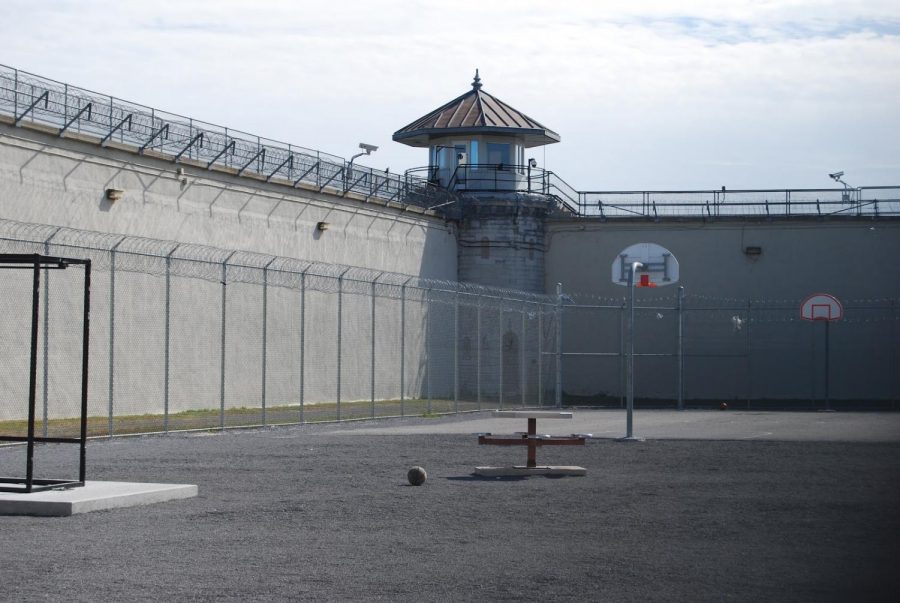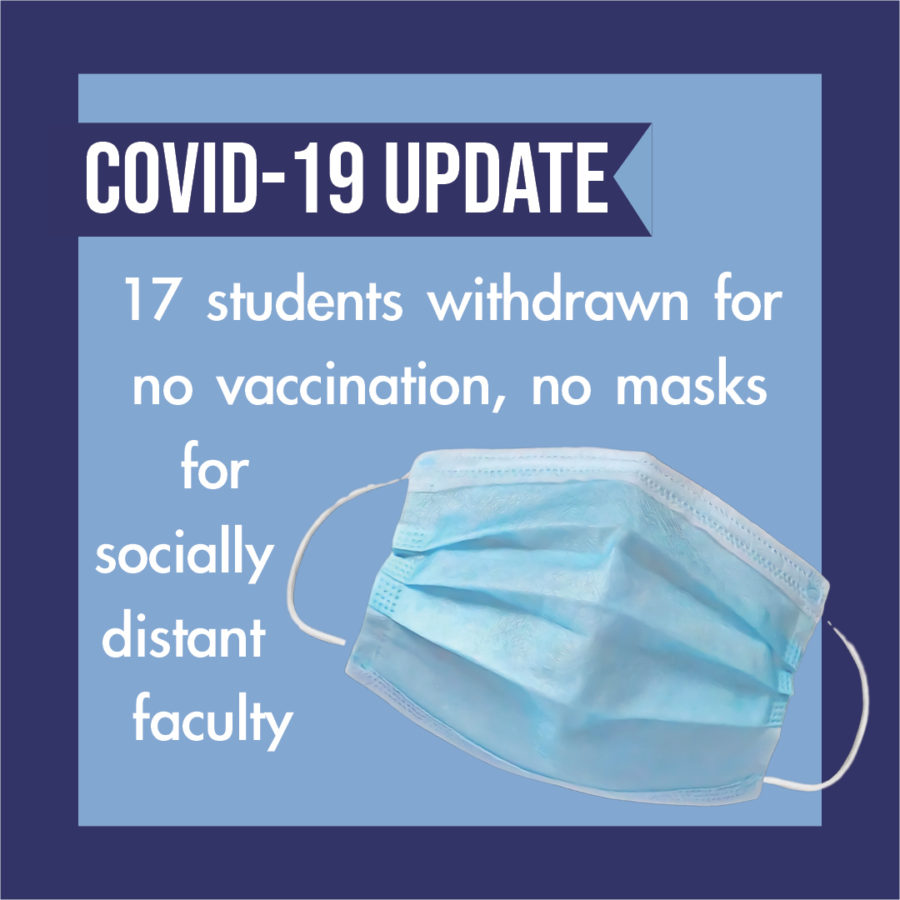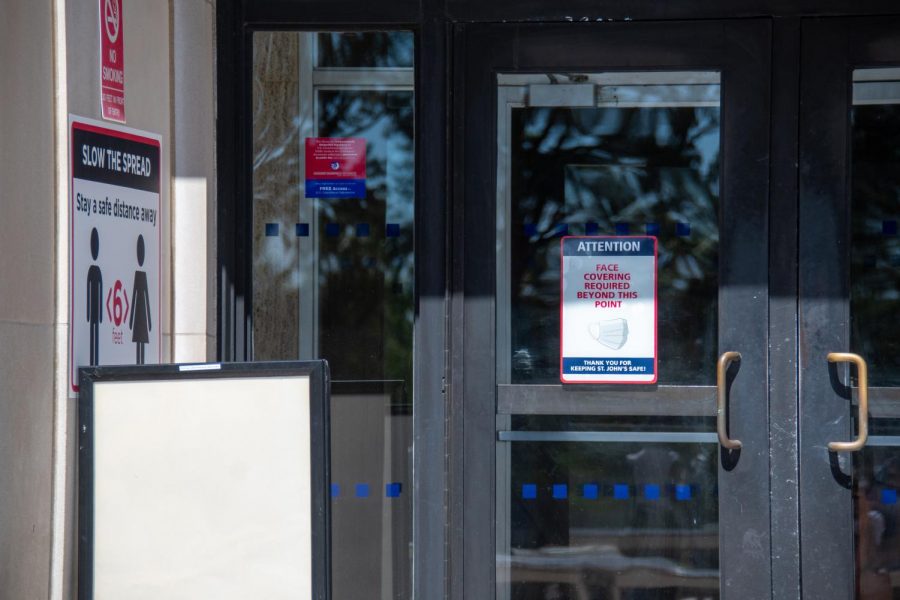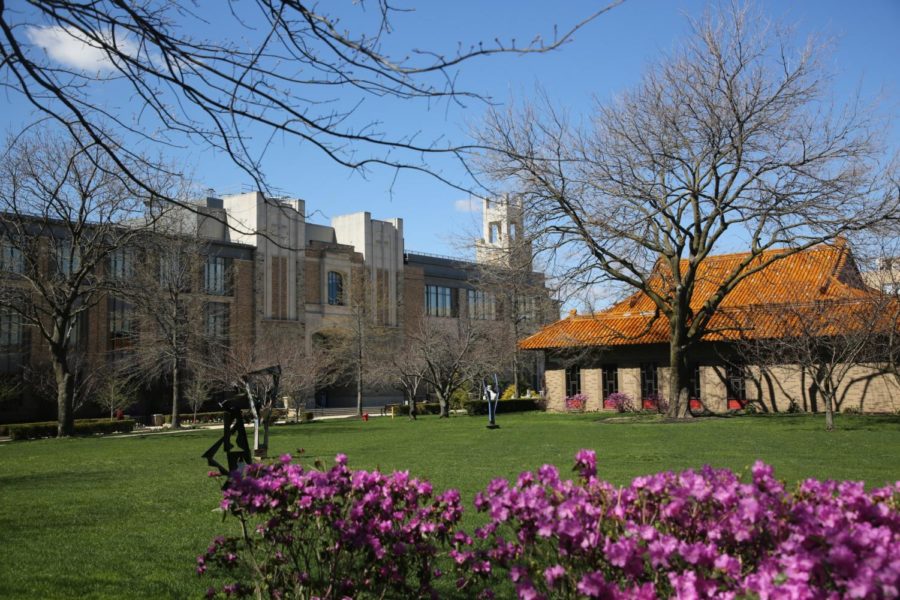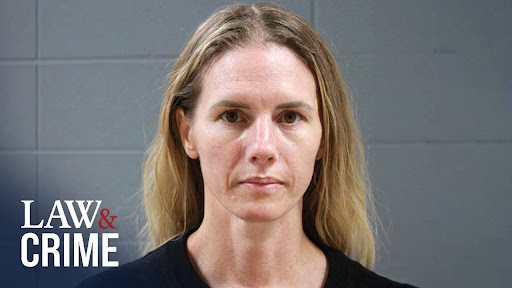The COVID-19 pandemic has forced much of the U.S. population to live out their daily routines and fulfill their obligations behind closed doors. This lack of social interaction has put a strain on our various systems that require face-to-face interaction. The country’s incarceration system has been heavily affected by the pandemic due to increased concerns of crowding and high infection rates. This is especially true in New York, a state with the highest amount of confirmed cases in the U.S. — at nearly 300,000 cases. Reintegration, a process plagued by recidivism (the tendency of a convicted prisoner to reoffend after release), has worsened from the stress that the pandemic has placed on daily living. Early release is an essential measure that needs to be accelerated to reduce recidivism.
Early release involves the release of non-violent prisoners who have been deemed “at-risk” for infection (chronic conditions, age, etc.) with little time remaining on their sentences to reduce the spread of the virus. This will reduce the infection rate in prison populations while also protecting those who work within the prison systems from contracting the virus and contributing to its spread. The combination of the crowded nature of many prisons and their sub-par living conditions has put prisoners and prison staff alike at high-risk for contracting the virus. Although there have already been thousands of prisoners released as part of this movement, these efforts are still not enough. Rachael Bedard, a doctor staffed at Rikers, believes, “the only meaningful intervention here would be to reduce the prison population.” State officials are not moving enough people outside of prisons.
Releasing prisoners is important but preventing their return is just as crucial. Before the pandemic struck the state, New York’s recidivism rate among released prisoners was nearly 40 percent within the first three years of release. There may now be an increase in potential recidivism due to the new stresses COVID-19 has placed on prisoner reintegration. As part of one of my Sociology courses at St. John’s University, I worked with incarcerated students. They described reintegration as a difficult process — the constant reminders of their prison time through parole and the inconsistency of its enforcement depending on their parole officers did little to discourage them from recidivism. In addition to dealing with these issues, newly released prisoners must also adapt to new restrictions in the wake of the COVID-19 pandemic. They need to familiarize themselves with current technology, as most processes need to be done remotely, figure out how to survive without stable income as the job market shrivels and acquire some form of residence as the Emergency Management and Homeless departments struggle to keep up.
Research shows that reintegration support is most crucial in the first months immediately following a prisoner’s release from incarceration, when the risk of recidivism is at its highest. This support should aim to aid ex-prisoners physically and emotionally as they face the challenges of returning to society and the impact their return has on the community. But with the global pandemic mandating limitations on physical interaction, how are participants of early release going to receive the crucial support programs they need to stay out of prison? Due to the necessity of social distancing, many of these support programs have needed to quickly restructure to accommodate the switch to online interactions. Programs such as substance abuse therapy and counseling sessions have been moved online.
New York’s policy toward early release and the reintegration of its participants should focus on rapid prison population reduction and ensuring that these released individuals have access to and are receiving proper reintegration support. This could be done by relaxing the requirements for early release by including those incarcerated due to parole violations and extending early release to those with a few to several months left in their sentencing. The policies in place should aim to educate reintegrating prisoners through online communication programs while also providing as many groups of ex-prisoners as possible with internet access so that they may receive the support they need to stave off recidivism, keeping prison populations low. Hopefully Governor Andrew Cuomo and Mayor Bill De Blasio will continue their efforts to lower prison populations because right now, it’s not enough.












